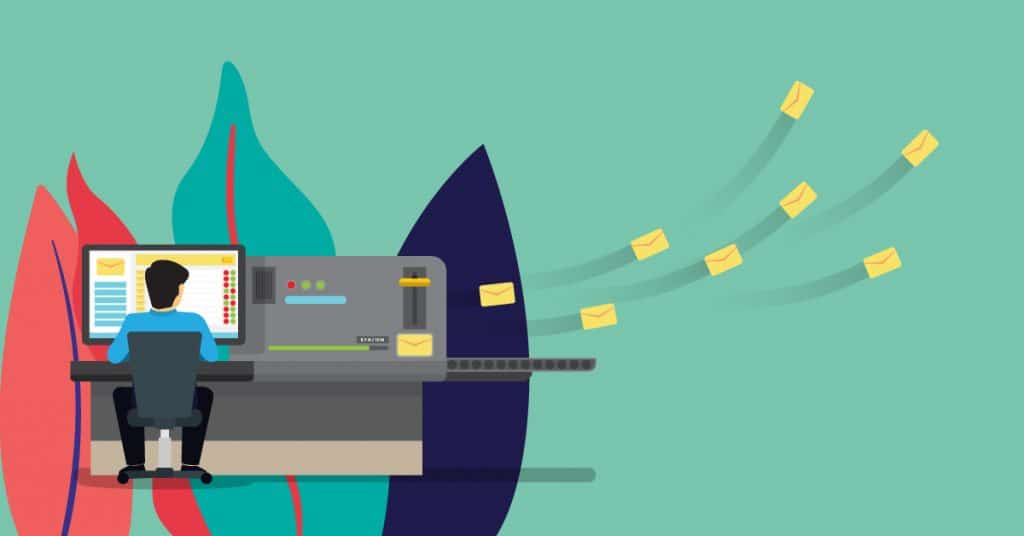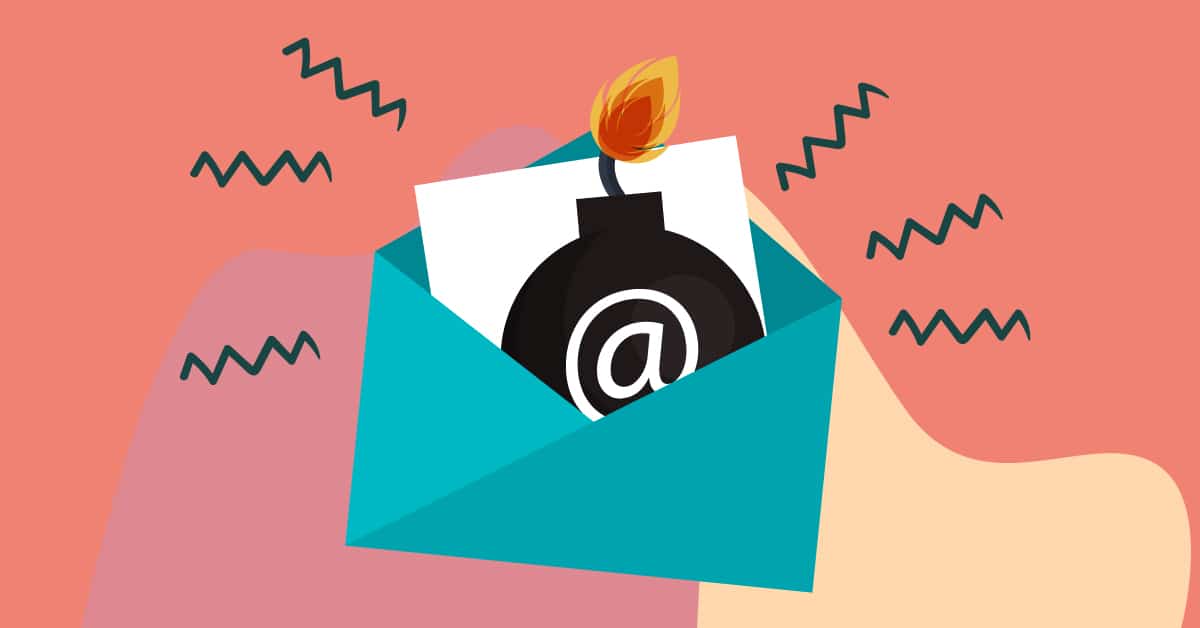Email might seem old in 2021, but it’s outlasted countless so-called email killers and continues to be one of the most effective marketing channels for ecommerce.
Billions of emails circulate the world each day, and office employees receive as many as 121 messages in their inboxes in the same timeframe. Email keeps families in touch, it keeps global commerce moving, and it represents a powerful way to reach out to the public.
However, everyone is also familiar with the experience of receiving countless emails they have no interest in. Depending on the content of an email, it might annoy you and clutter your inbox or it might enrich your life with enticing possibilities and offers.
Needless to say, effective email marketing remains one of the best ways to build a connection with your target audience and advertise your goods and services. Launching a new promotion, offering a sale, or recommending a new product to repeat customers; email is perfect for all of them.
However, not all email marketing strategies are made equally. Many first-time marketers and business owners take a low-effort, low-return approach to email marketing that’s known as batch and blast.
Not only does batch and blast fail to generate returns, but it harms customer relationships, damages your reputation, and can negatively impact your bottom.
In this article, we are going to explain the downsides of batch and blast and outline what you should do instead.
What is Batch and Blast?
Batch and blast is the process of creating a single email with a single message and sending it to as many people as possible.
To some extent, calling it a marketing strategy is being too kind. In practice, it turns your company into an irritating presence that no one is happy to see an email from.
While there may be a time and place for the one-off batch and blast email, there are almost always better ways to send messages.

Why You Should Steer Clear of Batch and Blast
Marketing isn’t as simple as broadcasting your business to anyone who’ll listen and hoping to find someone who’s interested.
Sending an email to someone carries the implicit request that they’ll open it, and sending a barrage of batch-and-blast emails is akin to knocking on someone’s door and handing them the same postcard every single day.
You’re not offering someone a service, you’re begging for their attention and business. Succeeding with customers and building strong relationships requires offering real value, and if batch and blast ever offers value to a customer, it’s purely by accident.
For email marketing to be effective, it needs to be targeted. Even if your customers don’t always open your emails, they won’t be as bothered by comparatively sparse messages that offer real value.
Downsides of Batch and Blast
- No segmentation
- No personalization
- Low deliverability
- Low open rates
- Low click-through rates
- High spam rates
While there are many better ways to implement email marketing, the ideal strategy is often lifecycle marketing.
Why Lifecycle Marketing is a Better Approach
Experienced email marketers have left batch and blast in the past and are developing more effective digital marketing strategies. In our eyes, lifecycle marketing is the number one way for ecommerce stores to transform their business and build meaningful one-to-one relationships with past, present and future customers.
Lifecycle marketing is a holistic strategy of email and SMS marketing that fosters relationships at every stage of the customer journey. The goal of lifecycle marketing is to increase customer lifetime value by sending the right messages to the right people at the right time.
A well-implemented lifecycle marketing strategy uses the latest in marketing automation to leverage customer data to optimize conversion rates by sending personalized emails with offers and messages designed for that unique customer.
Benefits of Lifecycle Marketing
- Highly segmented
- One-to-one personalization
- High deliverability
- High open rates
- High click-through rates
- Low spam rates
- High ROI
- Better customer experience
- Automated
Lifecycle Marketing 101
At Quantum, we use a customer lifecycle model that focuses on optimizing touchpoints at five major stages: acquisition, nurture, conversion, retention, and winback.
When you use lifecycle marketing as the guiding strategy for emailing customers, you use the information you can glean from their purchases and habits to offer tailored content and promotions that suit them.
In the acquisition stage, a customer has first expressed interest in your products and services. You’ll acquire customers by promoting your newsletter and beginning to guide them towards a purchase.
Acquisition ties into nurturing, where the emphasis lays on good customer experiences and convincing messaging that builds trust and excitement surrounding your brand.
Conversion is the process of successfully making a sale to your subscribers, which might rely on empty cart emails and reminders regarding products that interest them.
After this, you aim to understand their wants and retain them as a repeat customer who keeps coming back. Happy birthday emails with a special discount, product recommendations, and loyalty programs are all examples of retention-focused email campaigns.
And when a customer drifts away, you can appeal to them with promotions, special deals, and other steps to win them back.
Lifecycle marketing is more complicated than batch and blast, but nothing worth doing is easy to do. By implementing a lifecycle-oriented strategy, you strengthen customer relationships, increase conversions, and help your brand achieve lasting success.
